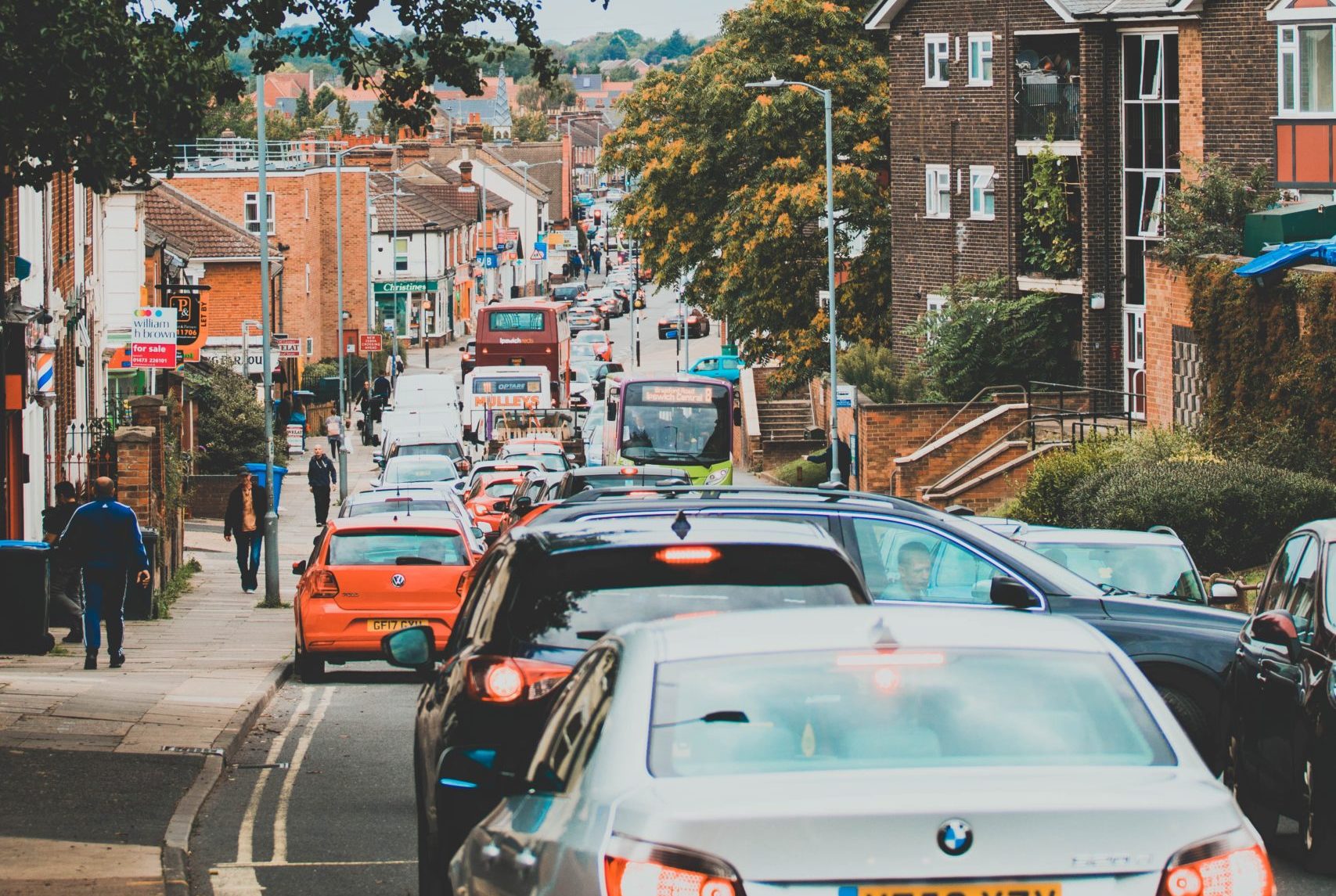By Professor Greg Marsden
This post originally appeared in Transport Times
The end of the sale of internal combustion engine cars has been brought forward to 2030. This must be greeted with enthusiasm. It’s a big step and I am glad the government has done this. However, if this is to play its part in a Paris-compliant pathway to zero emissions, this can only be the first of many policy changes to decarbonise UK transport.
First, while a phase out date provides a target to work towards, too many high emitting vehicles are still being made and sold (and bought) and these will remain in use well in to the 2030s. Researchers at the University of Leeds and UKERC found that 20% of cars sold are currently SUVs whilst only 2% are electric vehicles.[1] Failing to focus on accelerating emissions reductions from all cars every year on the way to 2030 risks growing emissions at a time where emissions cuts of 10% per annum are required from the sector.[2]
Second, we must avoid greenwash. There is no such thing as a zero emissions car, as work by the Low Carbon Vehicle Partnership consistently shows.[3] The Department for Transport (DfT) is only responsible for tailpipe emissions, and EVs conveniently move the problem off the transport sector balance sheet. The climate doesn’t care about policy siloes though and we need a whole system approach to decarbonisation.
As well as the energy in chassis production and end of life processing, battery packs require considerable energy inputs. Research involving the DfT’s Chief Scientific Advisor suggests that EVs will not deliver major whole-life carbon benefits over ICEs until 2030 and beyond as the grid decarbonises.[4] This also ignores some hugely difficult questions over how to sustainably extract and fairly distribute critical materials for batteries at scale across the global economy.[5]
Third, the DfT estimates that if we electrify without sorting out how to transition away from fuel duty, road traffic would increase by nearly 600 billion miles over the period to 2050[6] as motoring becomes cheaper. The Treasury knows it will lose £27.5 billion per annum from fuel duty alone.[7] The fuse has been lit on this.
Fourth, we have not yet resolved how to manage the upgrade to the grid, how smart charging might work, and who is going to pay for it.[8] Whilst we are in the foothills this might appear not to matter, but the slope is steep. There are real risks that the less well-off car-dependent groups and the 25% of households who do not own cars will be disadvantaged.
While EVs might offer comparatively few benefits over ICEs before 2030, we still need to phase out ICEs so the benefits are there in later carbon budget periods. There are no silver bullets in transport, and this is not an exception. We need to focus not only on when to stop selling ICEs but how we should electrify as part of a carbon pathway that delivers deep cuts right now.
Again, there are multiple dimensions to this. The work of the DecarboN8 network is built around building on the idea of Technology Readiness Levels (EVs are here) to Societal Readiness Levels (we know how to deploy EVs as part of a low carbon future we want).[9]
This will include understanding how we rebalance road space between cars, buses, cycling and walking. It means not locking-in car dependence by assuming we just replace ICEs with (more) EVs. We should be reducing our carbon footprint by shifting to much more intensive use of a smaller fleet of vehicles and other e-micromobility solutions.[9][10]
Decarbonising transport rapidly will require a myriad of coordinated interventions. We need to applaud positive policy positions but there is no room for complacency or relying on ‘technology to the rescue’. The forthcoming Decarbonisation Plan has a lot to deliver.
[1] https://ukerc.ac.uk/news/suvs-sabotage-green-revolution
[2] https://theecologist.org/2020/nov/24/solution-problem
[3] https://www.lowcvp.org.uk/assets/reports/LowCVP-LCA_Study-Final_Report.pdf
[4] Hill, G., Heidrich, O., Creuzig, F. and Blythe, P. (2019) The role of electric vehicles in near-term mitigation pathways and achieving the UK’s carbon budgets, Applied Energy, 251, 113111, https://www.sciencedirect.com/science/article/pii/S0306261919307834
[5] Several metals required in EV batteries are identified in the 2020 EU critical raw materials list https://ec.europa.eu/docsroom/documents/42849
[6] Interpolated from difference between Reference Case and 100% EV uptake scenario from https://www.gov.uk/government/publications/road-traffic-forecasts-2018
[7] https://commonslibrary.parliament.uk/research-briefings/sn00824/#:~:text=The%20two%20main%20categories%20of,(as%20of%20September%202019)
[8] https://decarbon8.org.uk/smart-charging/
[9] https://decarbon8.org.uk/moving-evs-beyond-automobility-culture/
[10] https://www.creds.ac.uk/shared-mobility-where-now-where-next/

